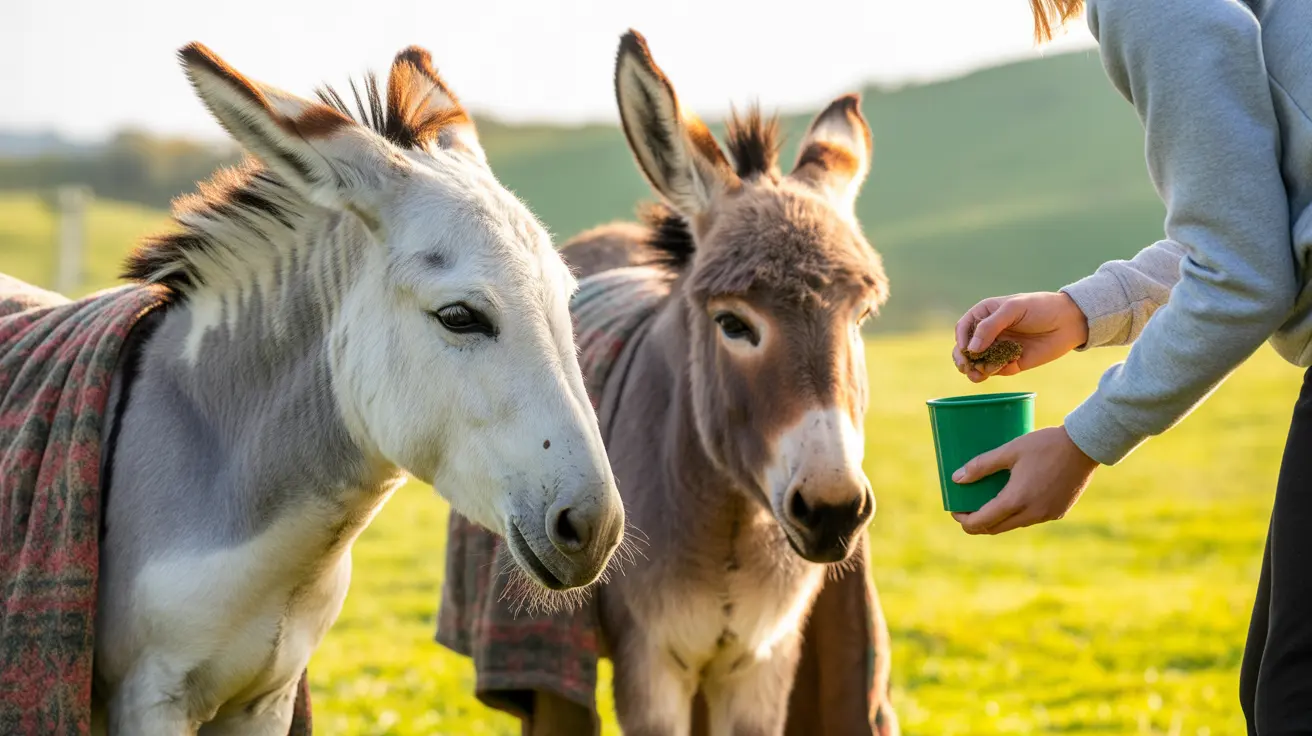Why Are Cats Afraid of Cucumbers?
Cats have always been creatures of mystery and fascination, but one internet phenomenon has left many pet lovers puzzled: the fear cats seemingly have of cucumbers. In countless viral videos, cats leap into the air or scramble away in terror at the sight of a cucumber placed behind them. While it's easy to laugh at these reactions, it's important to understand what's really going on—and why surprising a cat like this may not be such a good idea.
The Real Reason: It's Not Love, It's Startle
Contrary to how the question is phrased, cats do not love cucumbers. In fact, the sudden appearance of a cucumber triggers a fear response. Cats are instinctively alert to their environment and built to avoid danger. If a cat turns around and finds an unexpected object like a cucumber behind it, especially while it’s eating or relaxed, their **startle reflex** kicks in.
Here’s Why Cucumbers Are So Startling:
- Unexpected Presence: Cats are territorial and notice any changes in their environment. A new object suddenly appearing behind them is startling.
- Snake Resemblance: Cucumbers are long and green, resembling snakes—natural predators of cats. This resemblance can make a cat's fear response even stronger.
- Proximity During Vulnerability: The cucumber is usually placed while the cat is eating. This vulnerable moment amplifies the reaction since the cat doesn’t expect any threats.
Why This Can Be Harmful to Cats
Although these videos often go viral due to their comedic value, deliberately startling a cat can cause unnecessary stress and long-term psychological effects.
Potential negative consequences include:
- Anxiety: Repeatedly inducing fear can make cats anxious and distrustful of their surroundings.
- Injury Risk: Cats may injure themselves trying to escape an imagined threat.
- Behavioral Issues: The stress may cause cats to alter their eating, grooming, or litter box habits.
How Cats Perceive Their World
To better understand why cucumbers frighten cats, it's helpful to examine how they perceive their surroundings:
- Observational Creatures: Cats use sight, smell, and hearing more than humans do to interpret the world.
- Fight-or-Flight Instinct: When confronted with the unknown, cats often default to fleeing for safety.
- Lack of Context: Unlike humans, cats can’t deduce that a cucumber is just a vegetable—it’s an unfamiliar object in their territory.
What You Shouldn’t Do
If you’re a pet parent, avoid intentionally scaring your cat with cucumbers or any other objects. Doing so for humor can have lasting effects on your furry friend.
Things to avoid:
- Placing cucumbers or other unfamiliar items behind your cat.
- Recording or encouraging fear responses for entertainment.
- Ignoring stress signals such as dilated pupils, flattened ears, or hiding behavior.
What You Can Do Instead
Keeping your cat mentally and physically stimulated in a healthy way is always a better route. Here are some alternatives:
- Interactive Toys: Use toys that simulate hunting behaviors, like feather wands or laser pointers.
- Puzzle Feeders: Engage your cat's brain during mealtime with puzzle feeders or treat-dispensing toys.
- Safe Exploration: Allow your cat to explore new smells and objects under safe, non-threatening conditions.
Conclusion: Respect Your Cat’s Comfort Zone
The viral cucumber videos may seem harmless at first glance, but the shock cats experience is very real and potentially damaging. Understanding that their fear is based on evolutionary instincts helps us recognize the importance of making their environment feel safe. Instead of surprising your cat, provide enriching experiences that nurture their curiosity without triggering fear.
Key Takeaways:
- Cats aren’t ‘in love’ with cucumbers; they are startled by them.
- Their fear response stems from a combination of surprise and the cucumber’s snake-like appearance.
- Startling a cat on purpose is not only unkind but can cause stress and behavioral issues.
- Focus on constructive play and a secure environment to ensure your cat’s well-being.
By understanding feline behavior more deeply, we can be better companions to our mysterious, lovable pets.





